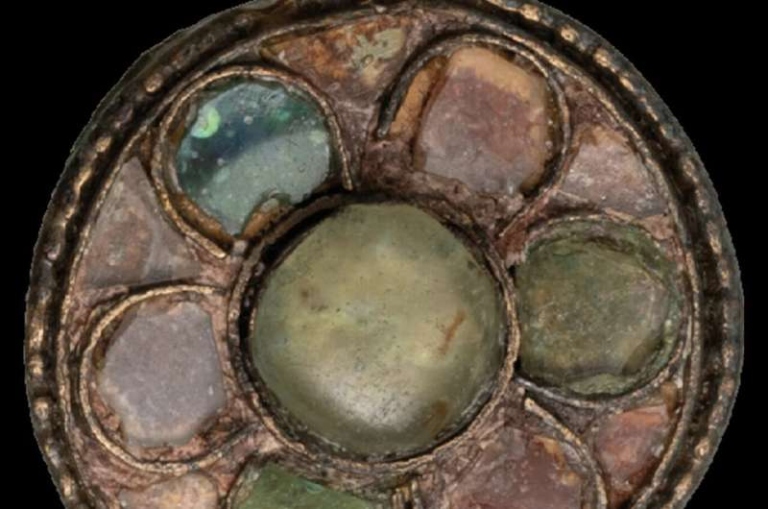Ancient genomes reveal an Iron Age society centered on women

Title: Iron Age Society’s Matrilineal Structure Unveiled by Ancient Genomes
Introduction:
New research delves into the genetic makeup of individuals from the Iron Age, shedding light on a society that appears to have been centered around women. This discovery offers a fresh perspective on the social dynamics of the time.
Main Findings:
Scientists have sequenced the genomes of several Iron Age individuals and found a significant matrilineal component. The genetic data suggests that women played a pivotal role in the societal structure, possibly influencing inheritance and social organization.
Methodology:
The study involved the careful extraction and analysis of DNA from ancient remains. Advanced genomic techniques were employed to piece together the genetic history of these individuals, providing insights into their relationships and the broader social context.
Implications:
This revelation challenges previous assumptions about the patriarchal nature of Iron Age societies. It suggests a more complex social fabric where women may have had considerable power and influence. Further research is needed to fully understand the extent of this matrilineal system and its impact on the culture and traditions of the time.

Conclusion:
The use of ancient genomics has opened a new window into the past, revealing a society that may have been more matrilineal than previously thought. This study not only enriches our understanding of Iron Age social structures but also highlights the importance of considering diverse social systems in historical contexts.

